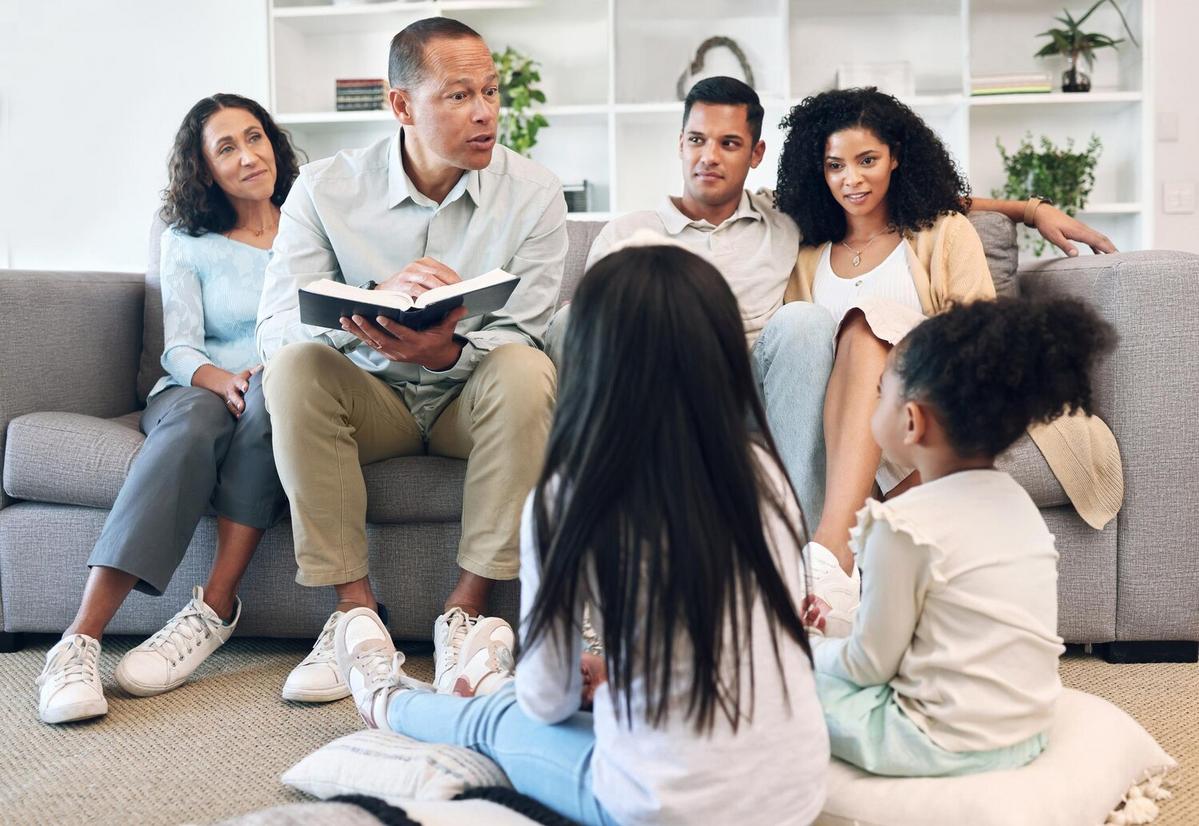Family dynamics can be as intricate as they are rewarding, and effective communication is often at the heart of maintaining healthy relationships. By mastering communication techniques, families can foster understanding, resolve conflicts, and strengthen their bonds.
Effective communication within families is essential for nurturing relationships and ensuring a harmonious home environment. According to a study by the American Psychological Association, families that engage in open and honest communication are better equipped to handle life’s challenges. To delve deeper into how to achieve this, let’s explore some key techniques and insights from experts.
Understanding the Importance of Communication
Communication is more than just exchanging words; it’s about connecting and understanding each other’s perspectives. Dr. Mark V. Redmond, a renowned communication expert, emphasizes that listening is as vital as speaking. “Active listening can transform conversations by making individuals feel heard and valued,” he notes.
Statistics on Family Communication
Research from the Family Communication Project reveals that families that hold regular meetings to discuss and resolve issues report a 30% increase in family satisfaction. Furthermore, those who employ empathetic listening techniques experience fewer misunderstandings.
Personal Anecdotes and Examples
Consider the Johnson family, who struggled with coordinating busy schedules. By implementing weekly family meetings, they managed to improve communication and ensure everyone was on the same page. This simple change led to a more organized and supportive family environment.
Actionable Tips for Effective Communication
- Set a Time for Family Discussions: Designate a regular time each week for family meetings where everyone can voice concerns and share updates.
- Practice Active Listening: Encourage family members to listen without interrupting, showing they value each other’s opinions.
- Use “I” Statements: Express feelings without blaming others, which reduces defensiveness and promotes understanding.
- Encourage Empathy: Teach and model empathy by considering others’ perspectives during conflicts.
Additional Resources
For further reading on effective communication techniques, consider exploring resources from Psychology Today and Family Therapy Association.
| Technique | Benefit |
|---|---|
| Active Listening | Improves mutual understanding |
| Family Meetings | Enhances organization and cooperation |
| “I” Statements | Reduces conflict |
| Empathy | Builds stronger emotional connections |
| Non-Verbal Cues | Enhances message clarity |
| Open-Ended Questions | Encourages deeper conversations |
| Patience | Allows thoughtful responses |
| Communication Board | Facilitates ongoing interaction |
FAQs
How can I encourage my family to communicate more openly?
Start by creating a safe and non-judgmental environment where everyone feels comfortable sharing their thoughts.
What if a family member is not interested in participating?
Respect their space but gently encourage participation by involving them in lighter, more enjoyable conversations.
Conclusion: Taking the First Step
Effective communication is a journey, not a destination. By embracing these techniques and encouraging open dialogue, families can build stronger, more resilient relationships. Start small, be patient, and watch as your family’s communication blossoms.

Leave a Reply